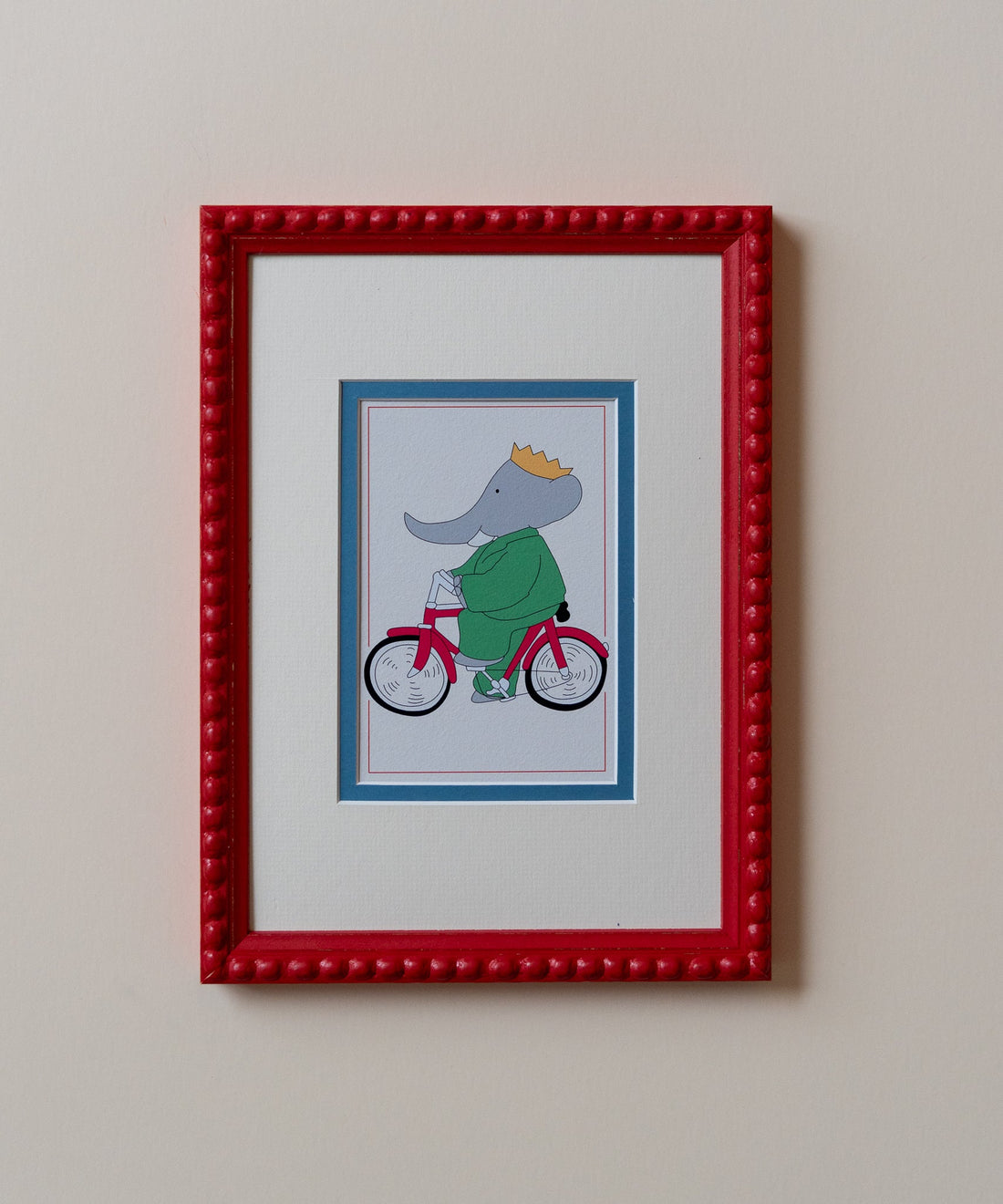
How Did Babar The Elephant Become A Generational Favourite?
It takes a certain level of enduring appeal for a children’s character to become a generational favourite, but in almost every case, there is a degree of change and transformation to meet modern trends.
Oftentimes, antique reprints of older art are almost unrecognisable compared to modern versions of the designs. For example, the earliest adventures of Winnie the Pooh are fundamentally different to the bright Disney cartoons that are more familiar to modern audiences.
Rupert the Bear and Paddington Bear have similarly gone through stark transformations which have kept them fresh for newer generations of children, and even Moomin had a stylistic change in the 1990s thanks to a highly popular Japanese animated adaptation.
This makes the enduring popularity of Babar the Elephant even more remarkable, as the characters and world have largely remained the same over the course of nearly a century.
To explain why, and why nurseries and living rooms alike are often festooned with antique reprints of classic Babar artwork, it is worth exploring what it is and how it differs from everything that has come before or since.
King Of The Elephants
Originally conceived as a bedtime story by Cecile de Brunhoff and her writer and illustrator husband Jean to help comfort their unwell children, Babar was the story of a little elephant who left the jungle for a big Paris-like city after his mother was killed by a poacher.
Returning with revenge on his mind and the enlightened views of the city aided by an Old Lady and the tutor she hires, Babar scares the hunter away, is crowned king after the incumbent succumbs to poisoned mushrooms and establishes a city of elephants known as Celesteville.
Jean’s children, Mathieu and Laurent, loved the stories Cecile told so much that they asked him to paint scenes from them, which they also loved.
This became a picture book that was self-published in 1931 as Histoire de Babar. It was translated into English two years later by Winnie the Pooh creator A. A. Milne, and became extremely popular very quickly.
Unfortunately, this is where a tragedy struck that would both change everything and ensure that it would endure forever.
Tragedy And Legacy
Jean de Brunhoff was only 31 when he created the first Babar book, and would write seven more before he died of tuberculosis at the tragically young age of 37.
Only five books were released during his lifetime; the remaining two would be published posthumously thanks to Jean’s brother Michel, who arranged for the black and white sketches to be colourised with the help of the former’s teenage son Laurent.
After the Second World War ended, Laurent would continue his father’s legacy. Despite being a gifted professional artist in his own right with a profoundly different style, he taught himself to draw exactly how his father did, to the point that some publications did not realise the elder Brunhoff had passed away.
The intergenerational love for Babar, therefore, began with the author and his son. Laurent would spend the rest of his life publishing over 50 Babar books before he passed away in 2024 at the age of 98.
